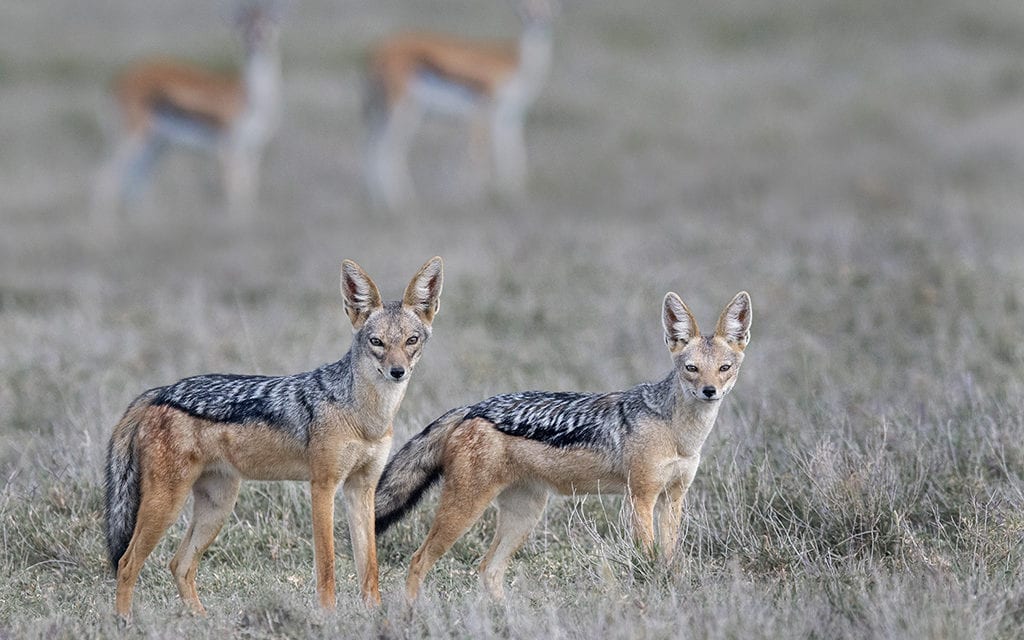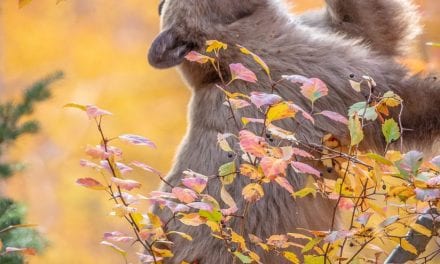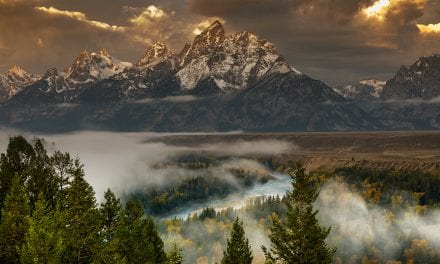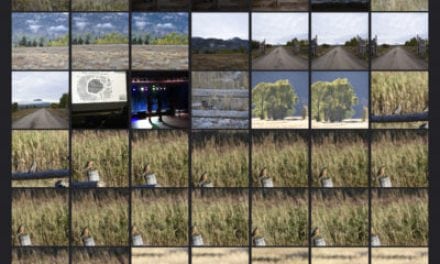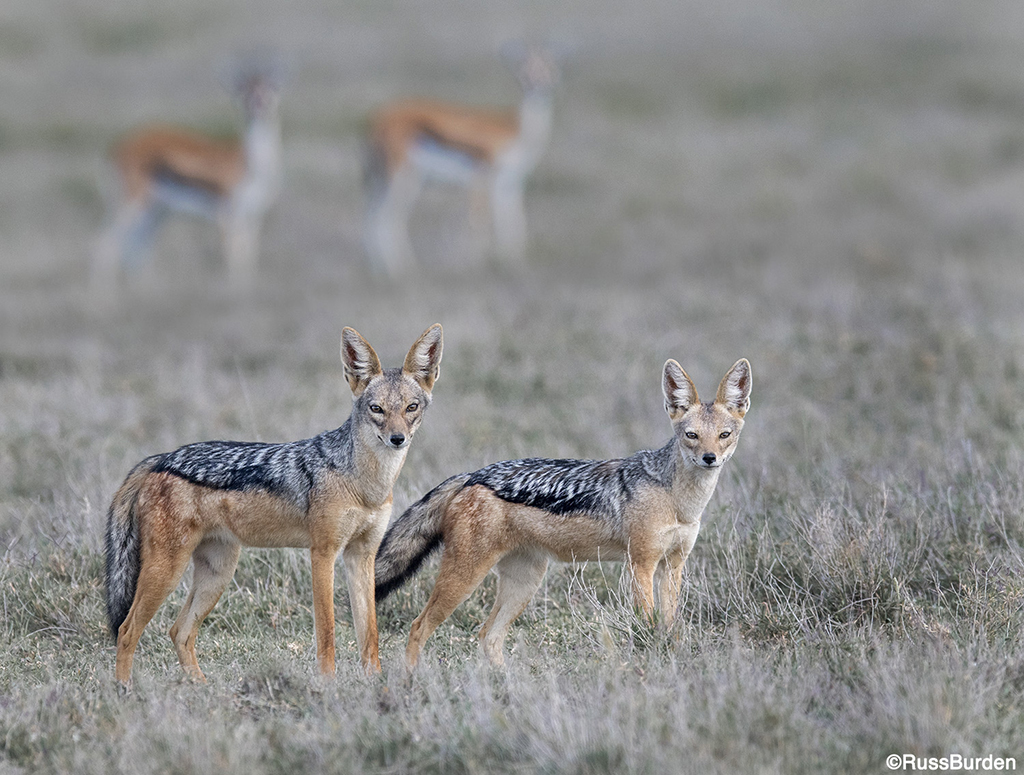
Juxtaposition: “The act of placing two or more items side by side often to compare or contrast and/or to create an interesting effect.”
To produce the above photographically, photographers must take into consideration the technical aspect of depth of field. When one object is placed behind another, especially when a telephoto lens is utilized, unless the lens is stopped down to a small aperture, one of the objects will fall out of focus. If the goal is to have both objects in sharp focus, it’s necessary to stop the lens down to f/11, f/16 or even f/22. This is fairly cut and dry and is done all the time. The problem is, It’s done all the time! Think outside the box and use depth of field more creatively. I should actually point out it’s the lack of depth of field that’s the “focus” of this week’s tip.
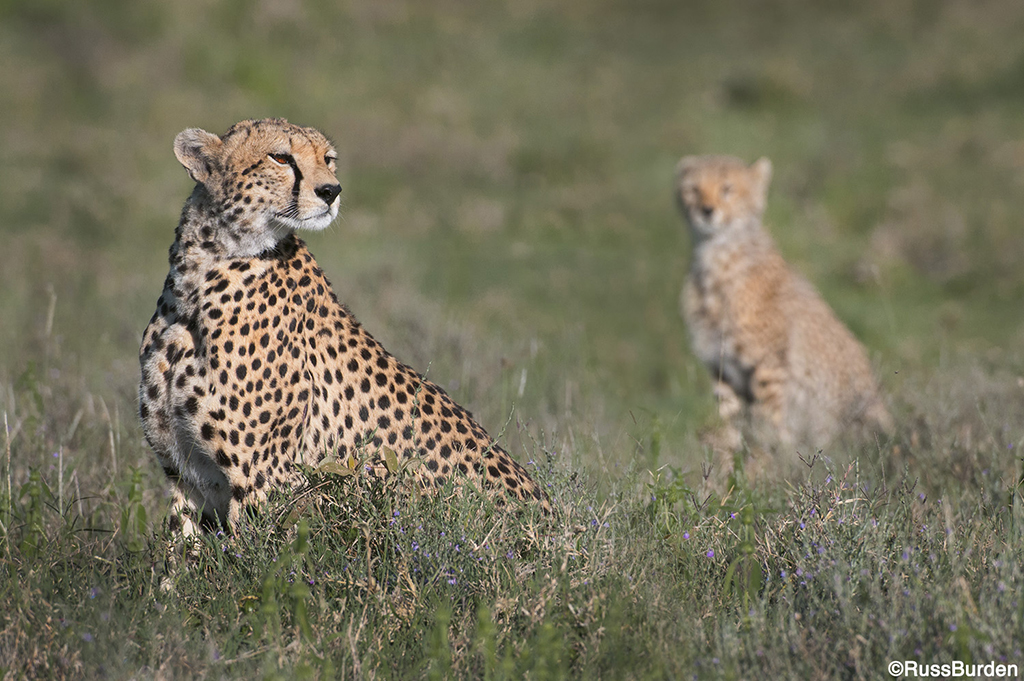
The common theme in the photos that accompany this tip is the critical lining up of an in-focus foreground object along with out-of-focus subjects in the background. In theory it sounds simple, but placement of the foreground and background objects is critical. Not only is placement key, the subjects need to show coherent juxtaposition. This translates to subjects that have similarities regarding the species in addition to how the subjects offset one another.
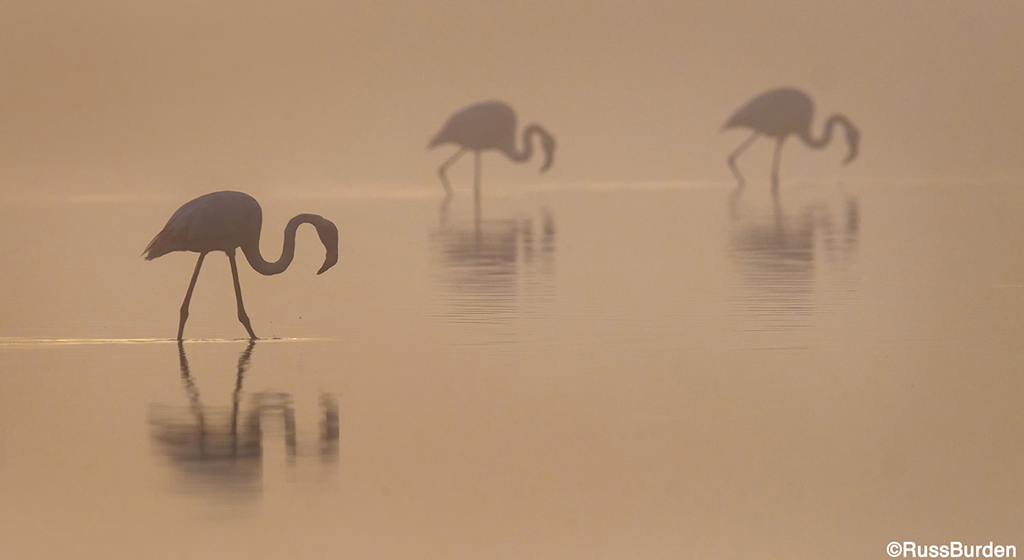
In the image of the flamingoes in fog, a number of aspects fell into place. All three birds are reflected in the water and all three are almost identical in their stances. The glint of sun that appears due to movement of the water is visible around each bird. The fact each bird has its head almost the same height above the water worked perfectly. The foreground flamingo stands out in the fog while the two in the background recede and become secondary to the main bird. The reflections of both the rear birds are rippled while the dominant one is cleaner. These are the kinds of factors about which to be cognizant when pulling off this type of depth of field effect.
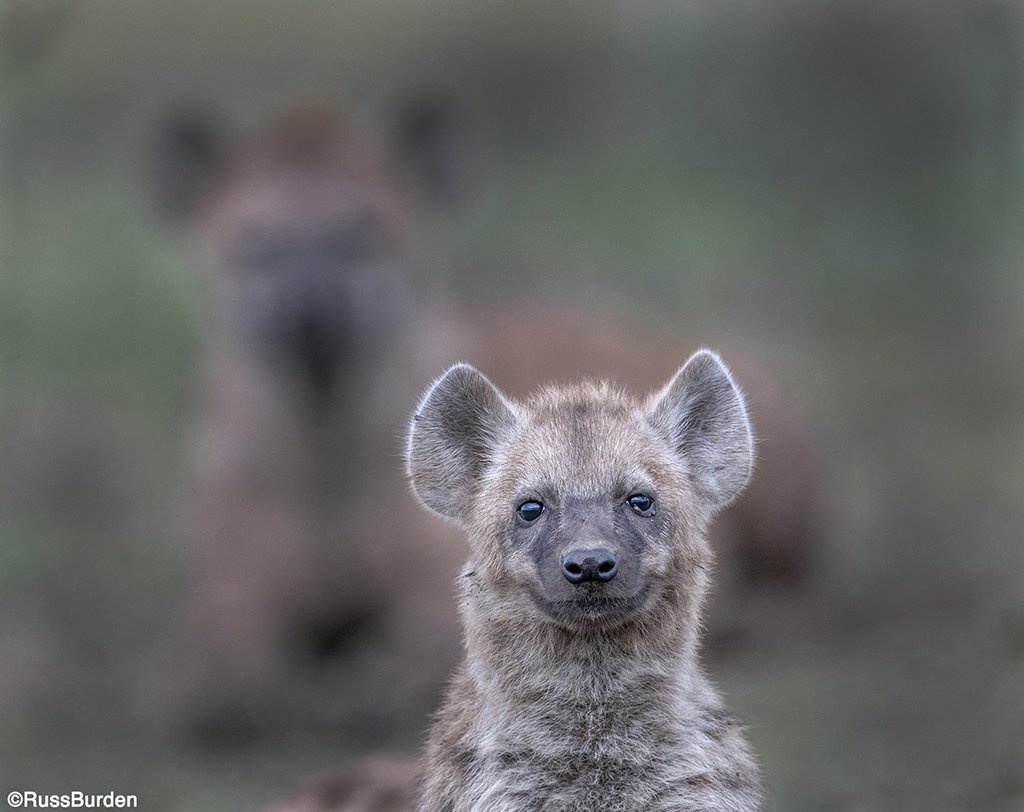
The hyena photo stacks up a bit differently. The baby in the foreground is juxtaposed against the adult in the background. The baby is just a headshot while the parent is a full body figure. The placement of the baby’s head was critical so it was offset to the side of the adult. Both heads needed to face the identical way so the ears and snouts would be the same. The light on the young hyena in the foreground is brighter so the baby stands out more prominently, as it should since it’s the in-focus subject. Again, these are the factors about which to be cognizant to pull off the depth of field effect.
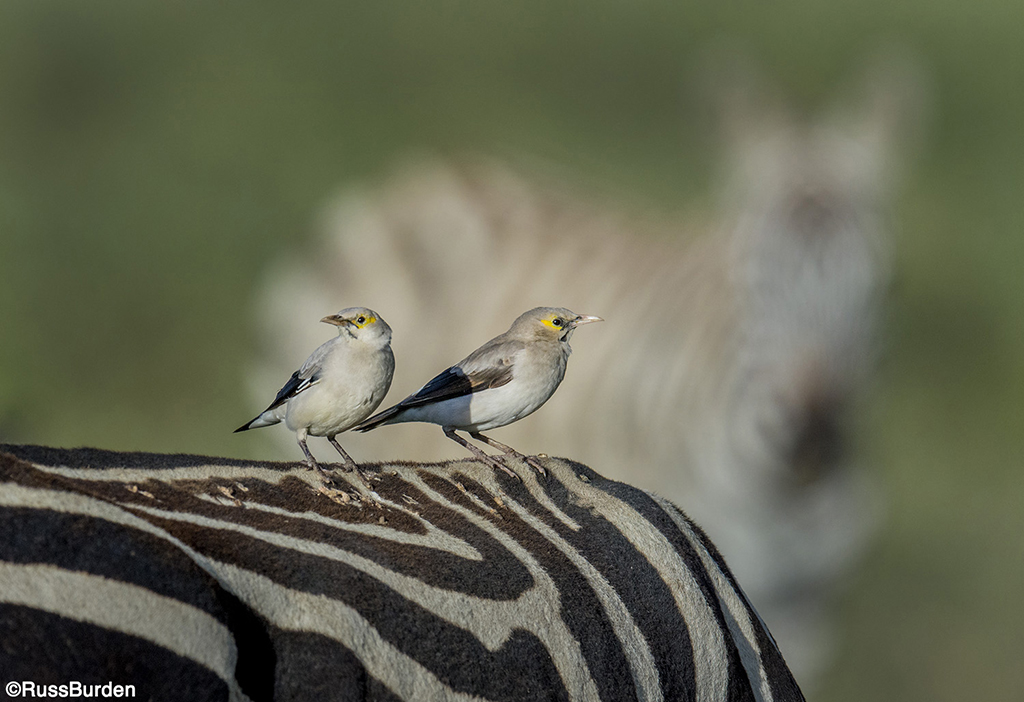
In the photo of the wattled starlings on the back of the zebra, the composition was critical. I asked my safari guide to precisely position the vehicle so each bird lined up with the zebra in the background. As soon as he did, it was irrelevant because a bird or the zebra moved. In knowing what I wanted, I told him to simply stay put and finally everything lined up so each bird would be in front of an out-of-focus zebra. Think about all the factors that had to fall into place: The birds had to face the right way, the zebras in the background had to be the proper distance to fall out of focus, the birds couldn’t fly away, the zebra had to remain still and maintain its perpendicular position to me and more. It’s great when it all falls into place.
Have a look at the other images that accompany this week’s tip and decipher how the factors lined up to allow the depth of field effect to work. I encourage you to use the technique to add variety and diversity to your image portfolio.
To learn more about this subject, join me on a photo safari to Tanzania. Visit www.russburdenphotography.com to get more information.
The post Strategic And Effective Depth Of Field appeared first on Outdoor Photographer.

